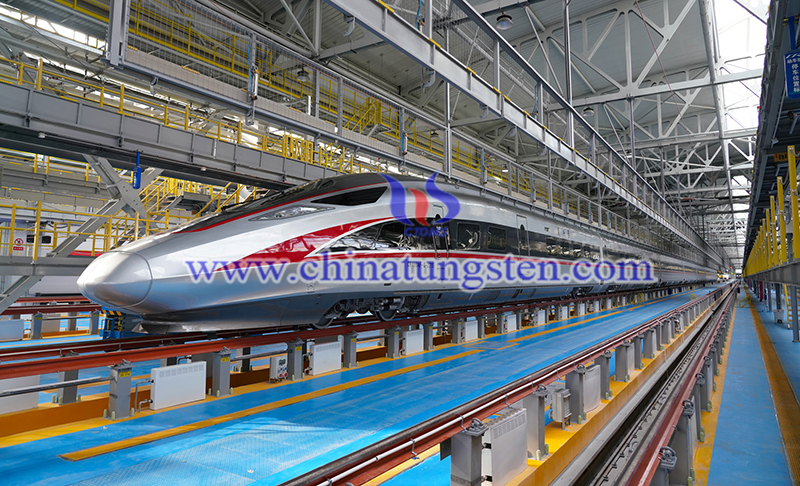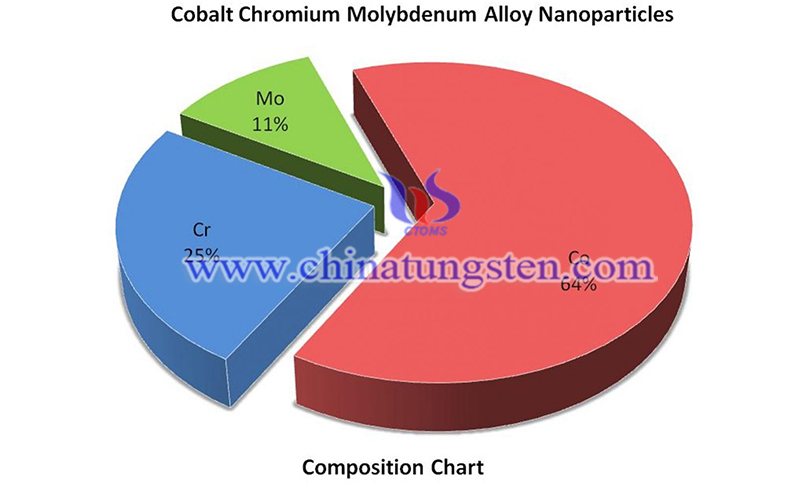Chromium-Molybdenum Alloy Bolts Applied in China's Bullet Trains
- Details
- Category: Tungsten's News
- Published on Wednesday, 20 January 2021 23:43
China debuts new high-speed bullet trains equipped with chromium-molybdenum alloy bolts which that operate in subzero temperatures. The high-speed bullet train called the CR400AF-G train that can work in exceedingly cold climates with a speed of up to 350 kilometers per hour in temperatures as low as -40 degrees Celsius. The project is part of the state-owned China State Railway Group's Fuxing series of high-speed electric multiple-unit trains.
Beijing was set to have a first-hand experience with the high-speed bullet trains as it rolled out on the city last January 6. It is set to run on a new line connecting the Chinese capital with northeastern destinations, including cities Shenyang and Harbin. The train is expected to handle even the coldest climate.

It is reported that the Beijing-Chengde section of the Beijing-Harbin high-speed railway is an important part of our country's "eight horizontal and eight vertical" high-speed railway network, and the Beijing-Harbin-Beijing-Hong Kong-Macao channel. Some lines are 192 kilometers in length and the mainline is designed at a speed of 350 kilometers per hour. The Beijing-Chengde section of the Beijing-Harbin high-speed railway leads from Beijing Chaoyang Station, passing through Chaoyang District, Shunyi District, Changping District, Huairou District, Miyun District, and entering Chengde City, Hebei Province.
A subsidiary of China State Railway Group Company, China Railway Beijing Group, updated a post that features the high-speed bullet train's new upgrades. These include bolts made with chromium-molybdenum alloy, silicone sealing strips, temperature-resistant brake control devices, and stainless-steel pipes equipped with heating devices. All of the mentioned optimized components have the ability to endure low temperatures and prevent snow and ice from damaging the train.
Moreover, the largest high-speed rail network belongs to our country, covering an impressive 37,000 kilometers. It also houses the Shanghai maglev, which is the fastest commercially operating train. With a speed of 431 kph, it connects Shanghai Pudong Airport and Longyang Road in east Shanghai.

China isn't the only one with bullet trains known in Asia as Japan also launched its high-speed train called N700S, which can run up to 360 kilometers per hour. Both countries lead in bullet trains in the continent.
After the Beijing-Chengde section of the Beijing-Harbin high-speed rail is opened for operation, the Beijing-Harbin high-speed rail will be fully connected, and the travel time from Beijing to Shenyang will be shortened to 2.5 hours. It will become another high-speed rail channel for entry and exit in the northeast region. New additions will be made to the Beijing-Tianjin-Hebei high-speed rail map. The bullet trains equipped with chromium-molybdenum alloy bolts is of great significance to assisting the coordinated development of Beijing-Tianjin-Hebei and revitalizing the old industrial base in the Northeast area.
| Molybdenum Supplier: Chinatungsten Online www.molybdenum.com.cn | Tel.: 86 592 5129696; Fax: 86 592 5129797;Email:sales@chinatungsten.com |
| Tungsten News & Prices, 3G Version: http://3g.chinatungsten.com | Molybdenum News & Molybdenum Price: http://news.molybdenum.com.cn |



 sales@chinatungsten.com
sales@chinatungsten.com